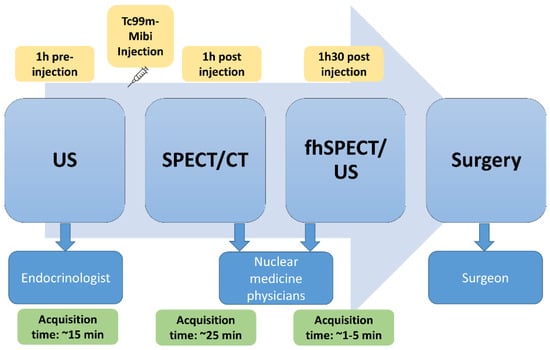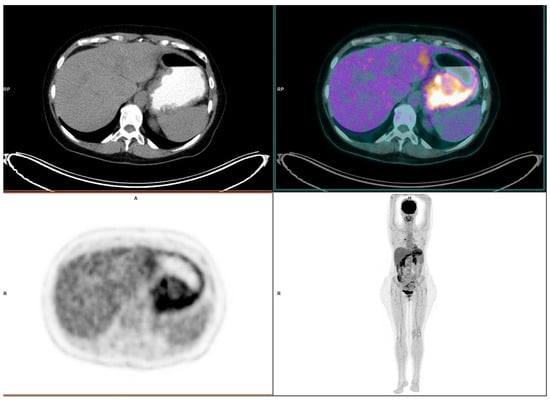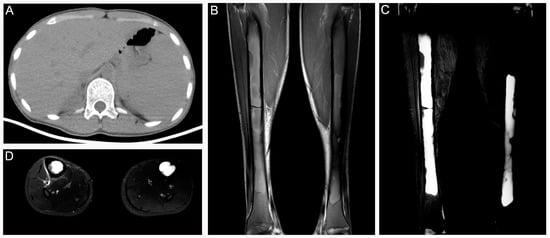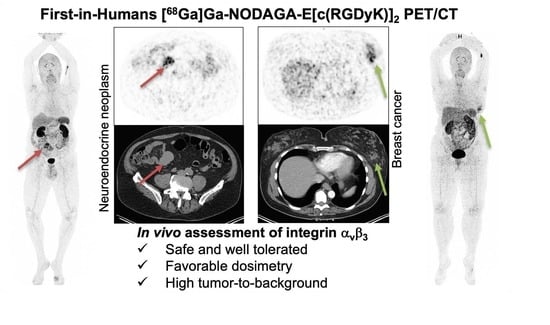Nuclear Medicine and Molecular Imaging Technology
A topical collection in Diagnostics (ISSN 2075-4418). This collection belongs to the section "Medical Imaging and Theranostics".
Viewed by 27697Editor
Interests: molecular imaging; medical imaging; theranostics; targeted radionuclide therapy; cancer; cardiovascular disease; PET; SPECT; PET/MR
* Editor-in-Chief of Diagnostics
Special Issues, Collections and Topics in MDPI journals
Topical Collection Information
Dear Colleagues,
Nuclear medicine and molecular imaging uses radioactive substances called radiopharmaceuticals to evaluate the function of organs and/or tissues, or to examine for the presence of disease and characterize disease. These types of technologies often have an advantage over other types of diagnostic imaging in that they provide information that is unattainable with other imaging technologies or that would require more invasive procedures, such as biopsy or surgery. In contrast to the latter procedures, molecular imaging elegantly circumvents the risk of sampling error as the whole body is imaged. Characterization of disease by molecular imaging may serve as companion diagnostic for selecting patients eligible for specific therapies and, together with targeted radionuclide therapy, form a theranostic pair.
This Topical Collection aims to collect original works related to nuclear medicine and molecular imaging research.
Prof. Dr. Andreas Kjaer
Collection Editor
Manuscript Submission Information
Manuscripts should be submitted online at www.mdpi.com by registering and logging in to this website. Once you are registered, click here to go to the submission form. Manuscripts can be submitted until the deadline. All submissions that pass pre-check are peer-reviewed. Accepted papers will be published continuously in the journal (as soon as accepted) and will be listed together on the collection website. Research articles, review articles as well as short communications are invited. For planned papers, a title and short abstract (about 100 words) can be sent to the Editorial Office for announcement on this website.
Submitted manuscripts should not have been published previously, nor be under consideration for publication elsewhere (except conference proceedings papers). All manuscripts are thoroughly refereed through a single-blind peer-review process. A guide for authors and other relevant information for submission of manuscripts is available on the Instructions for Authors page. Diagnostics is an international peer-reviewed open access semimonthly journal published by MDPI.
Please visit the Instructions for Authors page before submitting a manuscript. The Article Processing Charge (APC) for publication in this open access journal is 2600 CHF (Swiss Francs). Submitted papers should be well formatted and use good English. Authors may use MDPI's English editing service prior to publication or during author revisions.
Keywords
- Positron Emission Tomography (PET)
- Magnetic Resonance Imaging (MRI)
- PET/MRI
- Single-photon Emission Computed Tomography (SPECT)
- optical imaging
- radiopharmaceuticals
- molecular imaging probes
- targeted radionuclide therapy
- theranostics













